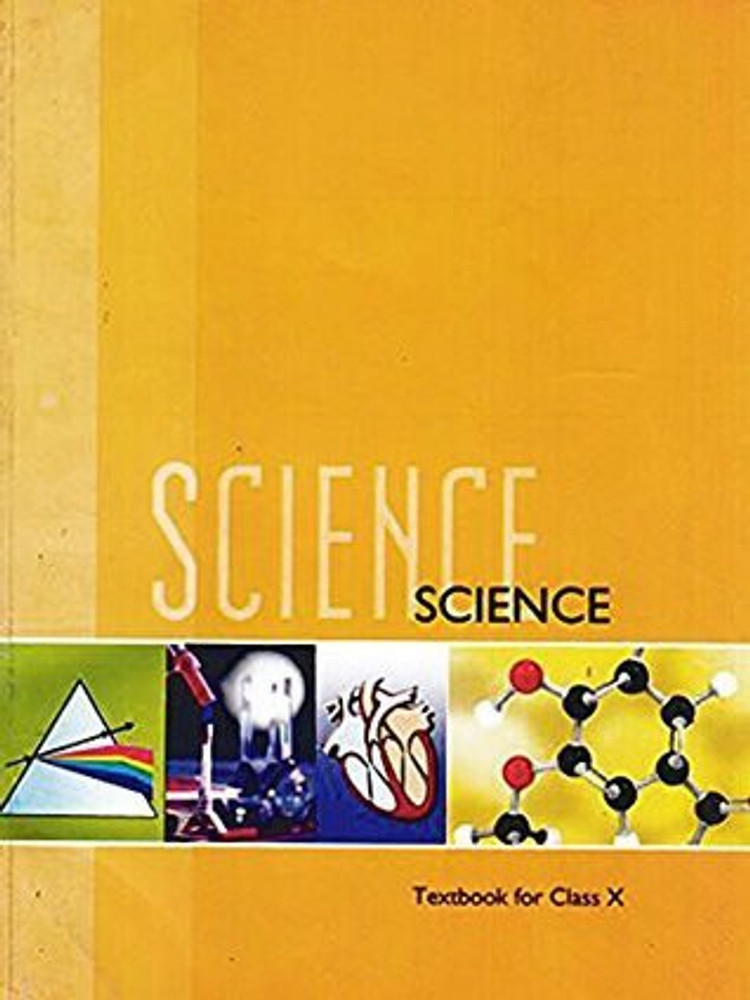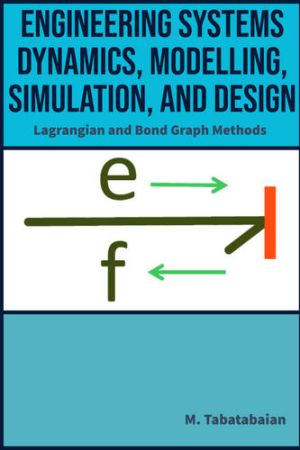NSF NOIRLab's Dark Energy Camera Showcases Stunning View of Antlia Cluster’s Galaxies
The Antlia Cluster, located approximately 130 million light-years away in the Antlia constellation, has been imaged in remarkable detail by the Dark Energy Camera. This cluster, home to over 230 galaxies, features a variety of types including lenticular, irregular, and dwarf galaxies. Observations suggest that the two dominant elliptical galaxies, NGC 3268 and NGC 3258, are in the process of merging.

A remarkable image of the Antlia Cluster has been captured by the Dark Energy Camera (DECam), showcasing a diverse array of galaxies located approximately 130 million light-years from Earth in the Antlia constellation. With over 230 galaxies identified, including lenticular, irregular, and ultra-compact dwarfs, the cluster is dominated by two elliptical giants, NGC 3268 and NGC 3258. This visual was produced at the Cerro Tololo Inter-American Observatory in Chile, highlighting the intricate details of this galaxy collection.
Antlia Cluster Project
As reported by Phys.org, the Antlia Cluster, also referred to as Abell S636, has been extensively studied through the Antlia Cluster Project, involving observations from ground-based telescopes and space observatories. Researchers have identified faint dwarf galaxies, compact ellipticals, and blue compact dwarfs within the cluster, offering insights into galaxy evolution and the role of dark matter. X-ray studies have suggested the cluster may result from the merging of smaller groups, supported by a "rope" of globular clusters detected near the central galaxies.
Types of Galaxies and Their Importance
Lenticular galaxies, known for their disk-like structure and minimal star formation, are abundant within the cluster. Other rare galaxy types, such as ultra-diffuse and dwarf spheroidal galaxies, might also be present, pending confirmation. Observational advancements have enabled astronomers to uncover these low-luminosity galaxies, enhancing understanding of their characteristics and formation.
Future Surveys and Dark Matter Studies
The Legacy Survey of Space and Time (LSST), expected to be conducted at the NSF–DOE Vera C. Rubin Observatory, aims to map intracluster light across thousands of galaxy clusters. This data will help in decoding the distribution of dark matter and the universe's large-scale history. Intracluster light, arising from stars displaced during galaxy interactions, provides a window into these cosmic phenomena.












)

























































